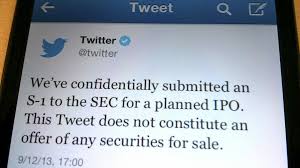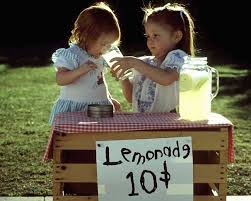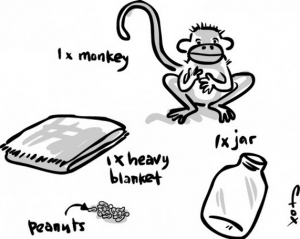 As I mentioned in my last post, my 19 y.o. son’s online business is doing quite well …
As I mentioned in my last post, my 19 y.o. son’s online business is doing quite well …
… well enough for him to start thinking about investing in stocks. Or, real-estate.
But, right now, he’s thinking mainly about stocks.
Unfortunately, his thoughts are more towards Tesla and Twitter than GE and Unilever.
At least, he knows they (TSLA and TWTR) are speculative 😉
So, this is how the conversation went:
AJC Jr: I want to invest in Twitter. How much should I invest? I have quite a bit set aside …
Me: How much you have to invest is the least important part of your decision-making process.
AJC Jr: Oh! What’s the most important part, then?
Me: Well, son, you’re considering speculating in a technology stock that could go in any direction. How much to invest actually depends mostly on how much you’re prepared to lose?
AJC Jr: Hmmm. In that case, I think I’m prepared to lose $10k.
Me: OK. Now, how far do you think the stock is likely to fall.
AJC Jr: I think it’s going to go up!
Me: Of course you do 😉 BUT, if it does fall, how far do you think it will go … worst case?
AJC Jr: If I wait for a while – for all the IPO hype to die down – and buy Twitter at more reasonable $30 a share, then I think the most it will go down is $10.
Me: In that case, if you are prepared to lose $10k and you only think the stock will drop by 1/3 worst case, then you could invest up to $30,000.
AJC Jr: But, I could afford to invest a lot more in stocks!
Me: Sure! Just not in risky stocks … and, not more than $30k in Twitter. Now, take look at this stock chart for a nice, safe, boring trash dumping company I’m considering investing in …
When investing, decide if you’re in it for the long-term, or if you are simply blindly following some boom/bust tech trend; if the latter, look at how much you’re prepared to lose and make your decision on how much to invest based on that.



